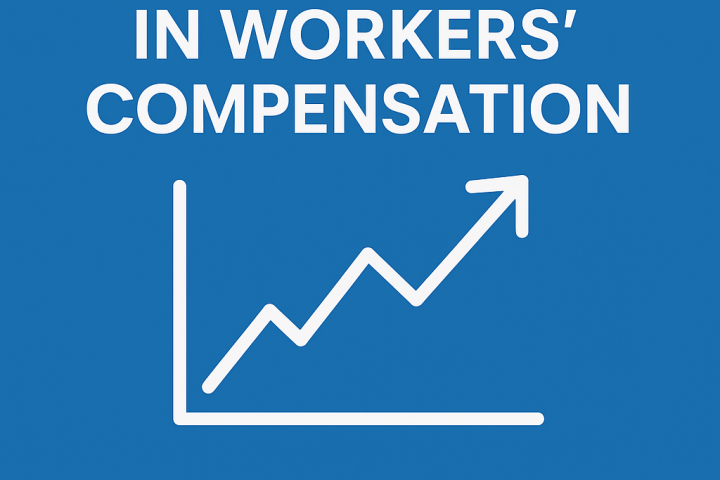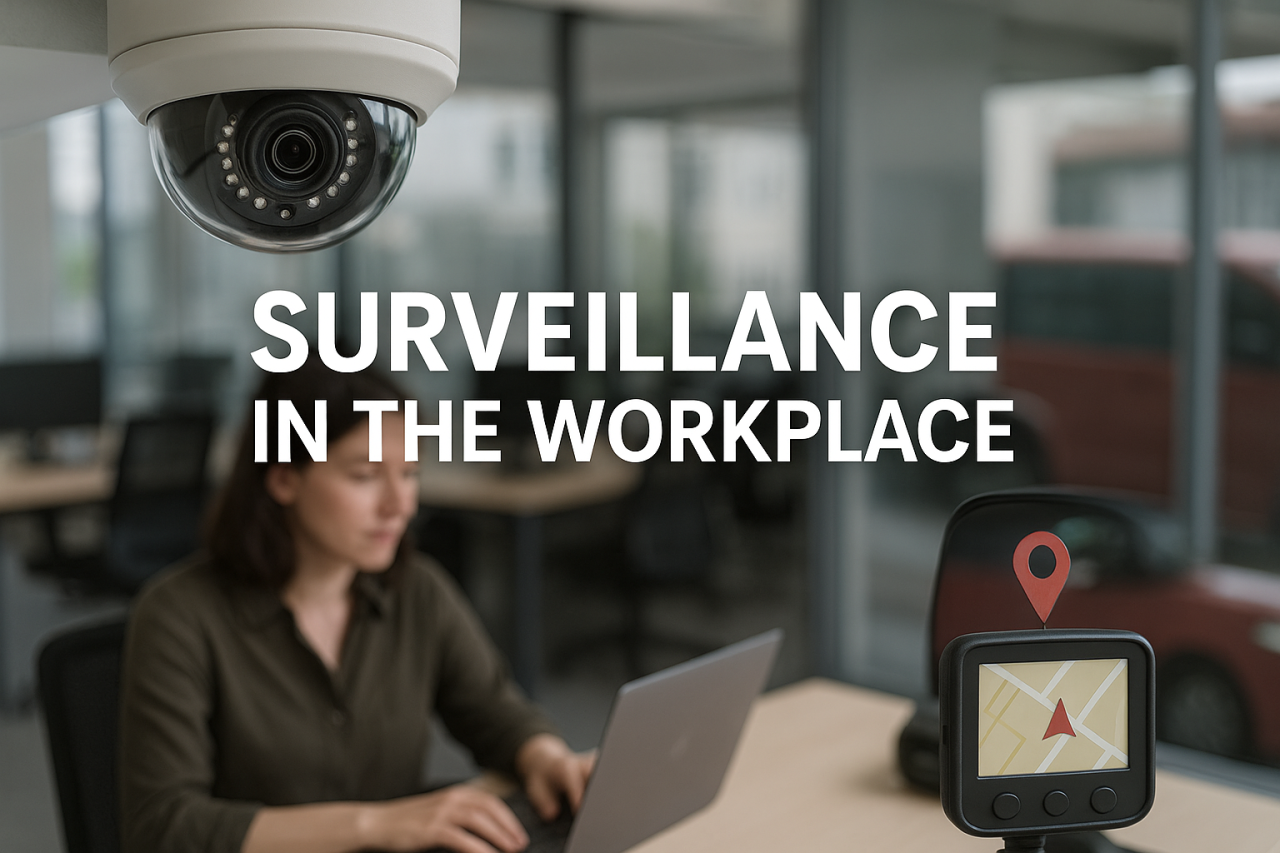Over the past 12 to 18 months, sexual harassment laws in Australia have undergone significant changes. These developments, driven by high-profile legal cases, amendments to the Fair Work Act, and the appointment of a new Sex Discrimination Commissioner, underscore the increasing importance of addressing sexual harassment in the workplace. With a new mandate that imposes a positive duty on employers to prevent sexual harassment, along with potential restrictions on non-disclosure agreements (NDAs) and deeds of settlement, employers and HR professionals must adapt to stay compliant and mitigate risks.
Understanding Sexual Harassment
Sexual harassment in the workplace refers to unwelcome behavior of a sexual nature that makes a person feel offended, humiliated, or intimidated. This behavior can manifest in various forms, including:
- Sexually suggestive jokes or comments
- Intrusive questions about a person’s private life or appearance
- Inappropriate staring or leering
- Unwelcome touching, hugging, or kissing
- Spreading sexual rumors or offensive material
- Repeated requests for dates
- Sexual assault (a criminal offense)
Key elements that determine whether conduct constitutes sexual harassment include the unwelcome nature of the behavior, its sexual aspect, and whether a reasonable person would feel offended, humiliated, or intimidated by it.
Key Legal Changes and Obligations for Employers
1. Positive Duty to Prevent Sexual Harassment
The most notable change is the introduction of a positive duty on employers to take proactive steps in preventing and addressing sexual harassment, sex discrimination, and victimization in the workplace. This means that employers are now required to demonstrate that they have taken reasonable measures to prevent such conduct, thereby reducing their liability or at least mitigating the risk of legal repercussions.
2. Psychosocial Hazards in the Workplace
With the recognition of psychosocial hazards, workplace interactions, including sexual harassment, must be identified, assessed, and controlled. Failure to manage these hazards can result in workplace health and safety breaches, further complicating the legal landscape for employers.
3. Stop Sexual Harassment Orders
The Fair Work Commission now allows aggrieved individuals to file for stop sexual harassment orders, which go beyond the traditional stop workplace bullying orders. These orders can include injunctions, pecuniary penalties, and compensation, providing more robust options for victims seeking justice.
4. General Protections and Workplace Rights
As sexual harassment actions create workplace rights, employers must be aware of the potential legal risks associated with general protections claims. Failing to address these rights adequately can expose employers to significant legal challenges.
5. Sex Discrimination Commissioner’s Powers
The new Sex Discrimination Commissioner holds wide-ranging powers to investigate and enforce compliance with sexual harassment legislation. These powers include requiring companies to implement sexual harassment policies and procedures, ensuring that reporting mechanisms are clear and promoted, and assessing the appropriateness of investigations and actions taken against offenders. The Commissioner’s authority extends beyond traditional employee-employer relationships to include gig workers, volunteers, contractors, and labor hire personnel.
The Impact of Restricting NDAs and Deeds of Settlement
An emerging development in Victoria involves a potential shift in the use of NDAs and deeds of settlement in sexual harassment cases. The Victorian ministerial taskforce on Workplace Sexual Harassment has recommended restricting these legal tools, arguing that they often serve to protect perpetrators and silence victims.
The consultation process is ongoing, with discussions centered around:
- Review and cooling-off periods
- Permitted disclosures to prospective employers, union representatives, and third-party regulators
- Mandatory independent legal advice for complainants before signing NDAs
- Mechanisms to prevent undue pressure on victims to sign NDAs
- Confidentiality waiver options
- Time limitations on the duration of NDAs
These potential changes could significantly alter how sexual harassment complaints are handled, emphasizing the need for transparency and victim empowerment.
7 Crucial Steps Employers and HR Professionals Must Take
Given the evolving legal landscape, it is more important than ever for employers and HR professionals to take proactive steps to mitigate liability and ensure a safe, respectful workplace.
1. Develop and Review Sexual Harassment Policies and Procedures
Employers must establish clear sexual harassment policies that define what constitutes inappropriate behavior, outline the consequences for offenders, and specify the employer’s responsibilities. Regular communication and updates on these policies are essential to maintain awareness and compliance.
2. Clarify Complaint Procedures
A clear procedure for reporting sexual harassment must be established, detailing the steps involved in filing a complaint and the escalation points. This ensures that employees know how to seek help and that complaints are handled systematically.
3. Provide Regular Training and Education
Employers should conduct regular training sessions on sexual harassment, focusing on respectful interactions and the legal standards expected in the workplace. Specialized training should be provided to management and leadership teams to ensure they understand their legal obligations and the importance of adhering to company policies.
4. Management and Board-Level Training
Training for management, executive teams, and boards is crucial in ensuring that sexual harassment policies are not only understood but also effectively implemented. This training should emphasize the importance of taking appropriate steps once a complaint is made, with a focus on legal compliance and ethical considerations.
5. Encourage Open Communication Channels
Creating open and safe communication channels is vital for encouraging employees to report incidents without fear of retaliation. Employers should foster an environment where employees feel supported and confident in speaking up.
6. Conduct Thorough Investigations
In light of the new laws, it is imperative that sexual harassment investigations are conducted impartially and with sensitivity. Investigations should follow a clear plan, include regular updates to the complainant, and conclude with a comprehensive report that guides subsequent actions.
7. Be Prepared to Take Swift Action
Whether or not NDAs remain a viable option, employers must be prepared to take swift and decisive action when misconduct is confirmed. High-profile cases have shown that ignoring or downplaying issues can lead to severe consequences. Transparent and timely action, in line with established policies and procedures, is essential for mitigating risks and maintaining a positive workplace culture.
Conclusion
As sexual harassment laws in Australia continue to evolve, employers and HR professionals must remain vigilant and proactive in their approach to preventing and addressing such behavior in the workplace. The steps taken today will not only shape future legal liability but also contribute to a safer, more respectful working environment for all employees. By implementing robust policies, providing ongoing education, and fostering open communication, employers can navigate the complexities of these changes while upholding their duty to protect their workforce.
Disclaimer: The information provided in this blog was accurate at the time of writing and is intended as general advice. For specific advice, please call AHR on 1800 577 515.










